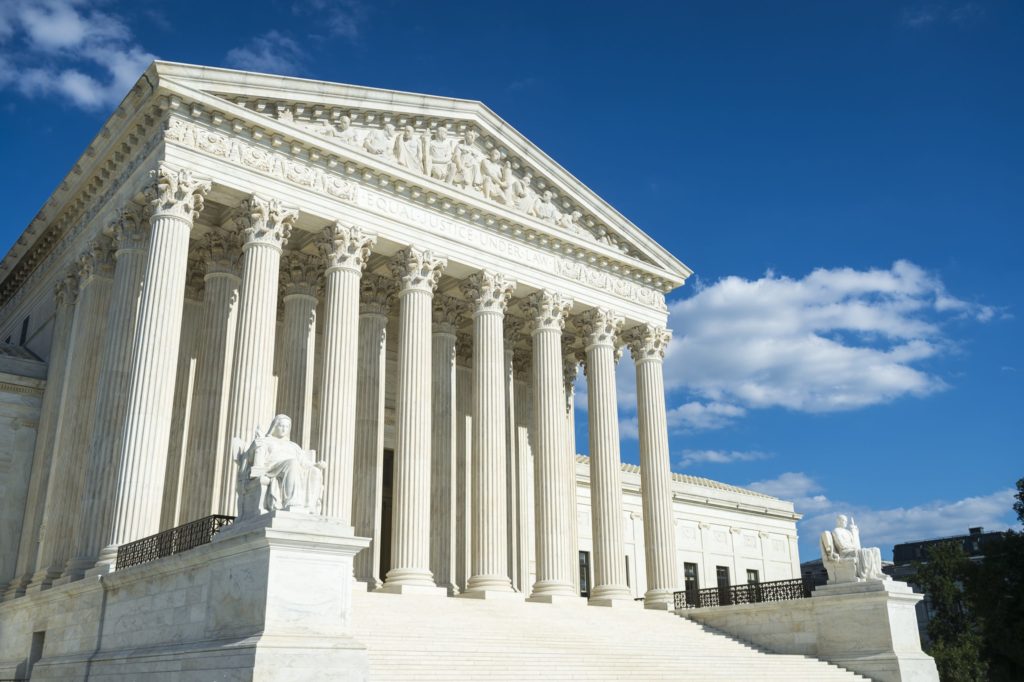Disputes between presidents, media are nothing new
President Trump’s recent tweet announcing the Fake News Awards is only the latest tweet thrown in this ongoing skirmish. Yet while social media may not have existed in 1776, these attacks are nothing new; since the founding era, there has been tension between the party in power and the press.
In fact, we can trace the roots of this tension back to 1798 when John Adams, our second president, had people prosecuted under the Sedition Act. The act made it a crime to print “any false, scandalous and malicious writing … against the government of the United States.” The Sedition Acts targeted newspapers and publishers who printed articles that were aimed at Adams’ administration, and could be defined at the discretion of the president, which exacted heavy fines and jail time. It led to the arrest and imprisonment of 25 men for violating the legislation. President Thomas Jefferson repealed the acts when he took power after Adams.
Fast forward to the early 1900s, when a new breed of investigative journalism began to expose illegal government missteps under President Teddy Roosevelt. Roosevelt, so enraged with their reporting, labeled them “muckrakers” and accused the press of sensationalist “yellow journalism.”
Perhaps most famously, President Richard Nixon led an assault on the press after it began publishing leaked information damaging to the executive branch (as recently depicted in the film The Post, starring Meryl Streep and Tom Hanks). Daniel Ellsberg, a RAND corporation employee tasked with researching the Vietnam War, leaked top secret documents to The New York Times in 1971. The Nixon Administration brought suit in court to try to get The Times and The Washington Post to cease publishing the papers. At the time, it was very unusual for the government to go to court to halt a publication.
Eventually the case went to the Supreme Court, where Justice Potter Stewart, a Republican appointed by Dwight D. Eisenhower, authored a concurring response championing the importance of a free press. Justice Stewart declared, “In the absence of the governmental checks and balances present in other areas of our national life, the only effective restraint upon executive policy and power in the areas of national defense and international affairs may lie in an enlightened citizenry—in an informed and critical public opinion which alone can here protect the values of democratic government.”
In more modern times, the Obama administration charged eight people with violating the Espionage Act of 1917 for leaking government information to the press — more than all those charged during previous administrations combined. In one instance, the Justice Department swept up phone records of more than 20 reporters and editors at the Associated Press after the outlet published a story containing leaked details about a CIA operation in Yemen. In another instance, the Obama administration labeled Fox News contributor James Rosen a “criminal co-conspirator” in its investigation of the leak in order to gain access to his personal email and phone records, which they secretly obtained.
While Trump’s attacks might not be new, they still are troubling. It is important to remember that a free and open press is a key component of a democratic society. It’s the press’ duty to expose government missteps so the public can make informed decisions and hold government accountable. However, it is also the press’ job to deliver fair and honest criticism of what our government is doing, regardless of who is in power.
While Thomas Jefferson also had his battles with the press, he once said, “Were it left to me to decide whether we should have a government without newspapers or newspapers without government, I should not hesitate a moment to prefer the latter.” Our founding fathers believed so strongly in this concept that they wrote it into our Bill of Rights, and it would serve all of us well to remember this.
Image Credit: razorbeam







